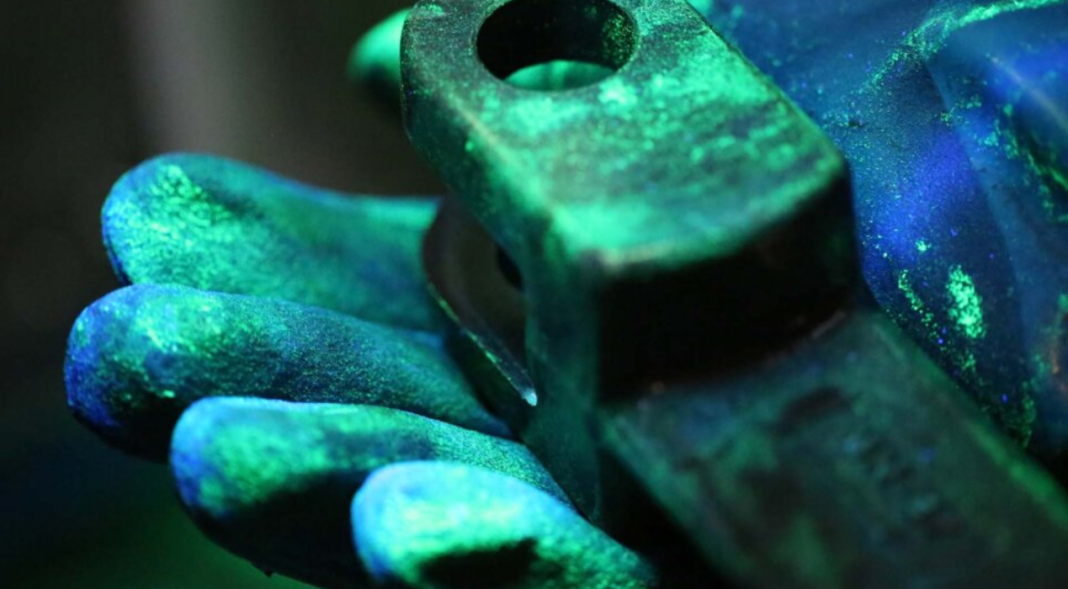Die maintenance is a cornerstone of successful forging operations, critical for making sure of the longevity and performance of the process. A forging die is a crucial tool designed to form or mold material into precise paperwork throughout the forging technique. Its position is pivotal because it directly influences the quality and consistency of the completed product. But, without right and ordinary protection, dies can suffer from untimely failure.
This will cause substantial troubles, including costly downtime, poor-quality output, and decreased productivity. Maintaining the die entails regular inspections and well-timed maintenance to cope with wear and tear. To learn more about forging dies, follow the given link, https://www.cxinforging.com/maintenance-of-forging-dies-ensuring-longevity-and-efficiency-in-forging/. By adhering to a stringent upkeep schedule, producers can extend the die’s lifespan, enhance operational efficiency, and make certain terrific results in their forging approaches.
Environmental Considerations in the Manufacturing and Disposal of Forging Dies
See the details below:
Raw Material Sourcing and Sustainability
The environmental effect of forging dies starts with the raw substances used in their production. Forging dies are generally crafted from high-strength alloys and steel, which require significant energy to extract and technique. Sustainable practices in sourcing those materials can mitigate environmental damage. Using recycled metals and making sure accountable mining practices can reduce the ecological footprint. Additionally, providers who adhere to environmental regulations and requirements help reduce negative effects.
Energy Consumption in Die Manufacturing
The manufacturing procedure for forging dies is energy-intensive. The production entails high-temperature techniques along with forging, machining, and heat treatment, all of which consume extensive amounts of strength. To address this, producers are adopting strength-efficient technologies and practices. The usage of advanced furnaces, optimizing strength use, and investing in renewable strength assets can lower electricity intake and decrease greenhouse gasoline emissions, contributing to an extra sustainable manufacturing system.
Waste Management During Production
During the production of forging dies, diverse forms of waste are generated, which include metal shavings, machining chips, and used lubricants. Effective waste management practices are critical to minimizing environmental impact. Recycling metal waste and properly removing hazardous substances, together with lubricants, prevent infection and useful resource wastage. Enforcing a waste discount strategy and selling recycling can appreciably reduce the environmental footprint of die manufacturing.
Impact of Heat Treatment on the Environment
Heat treatment tactics, which include annealing and hardening, are essential to die production but will have enormous environmental influences. These tactics require high energy inputs and convey waste gases and residues. To mitigate these results, manufacturers are exploring opportunities for heat treatment technologies that use much less electricity and produce fewer emissions. Improvements, which include induction heating and greater green cooling structures, are assisting to lessen the environmental footprint of those procedures.
Recycling and Reuse of Forging Dies
Recycling and reusing forging dies can notably reduce environmental impact. Dies that have reached the end of their service life can be recycled to get better-treasured metals, thus lowering the need for brand-new raw substances. Moreover, refurbishing and reconditioning dies can make their beneficial existence bigger, decreasing the frequency of the latest die manufacturing. Imposing effective recycling and reuse applications supports sustainability and decreases waste.
Regulations and Compliance
Compliance with environmental policies is essential for minimizing the effect of forging die production. Guidelines might also encompass limits on emissions, waste disposal requirements, and aid utilization. Staying updated with nearby and global environmental legal guidelines guarantees that manufacturers perform inside prison barriers and undertake best practices for environmental protection. Compliance not only facilitates avoiding legal issues but also promotes company responsibility and sustainability.
Sum Up
The production and disposal of forging dies present numerous environmental challenges. With the aid of adopting sustainable practices, which include the usage of recycled substances, decreasing energy intake, and implementing effective waste and emissions control, producers can mitigate their environmental impact. Engaging in lifecycle exams and ensuring regulatory compliance in addition to helping sustainability efforts. Embracing these practices no longer best advantages the environment but additionally enhances the long-term viability and duty of the forging industry.











